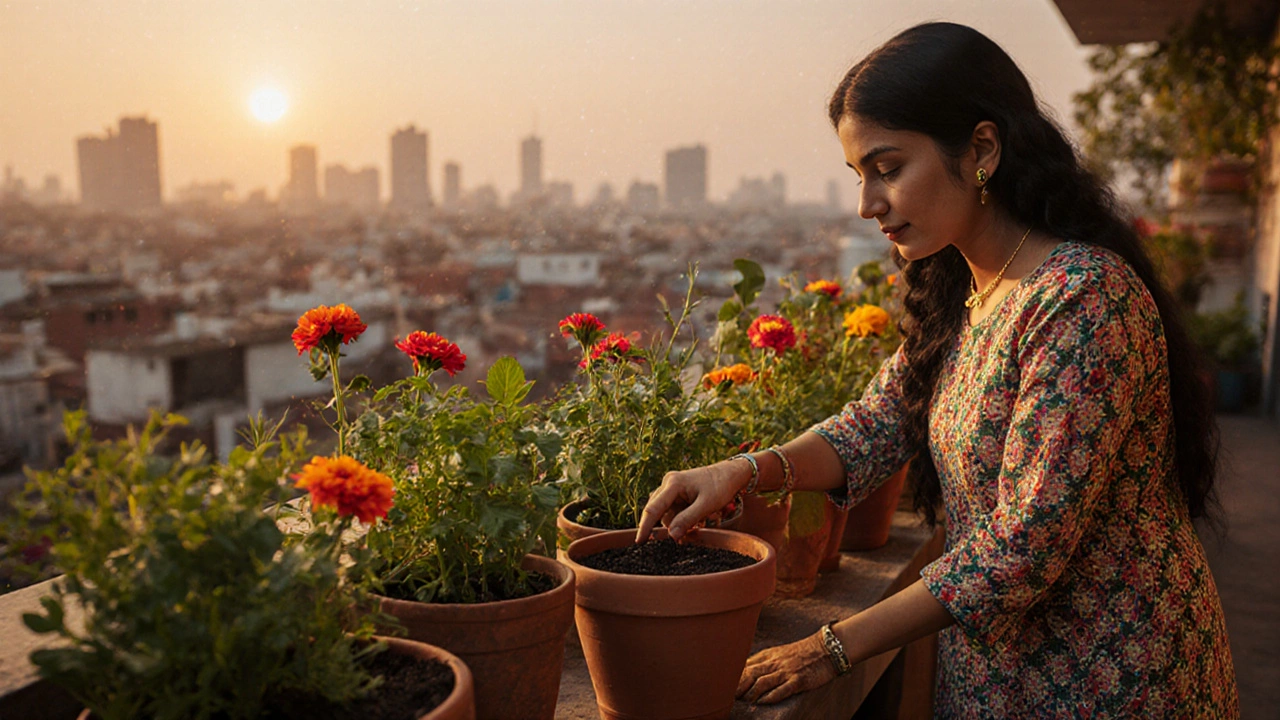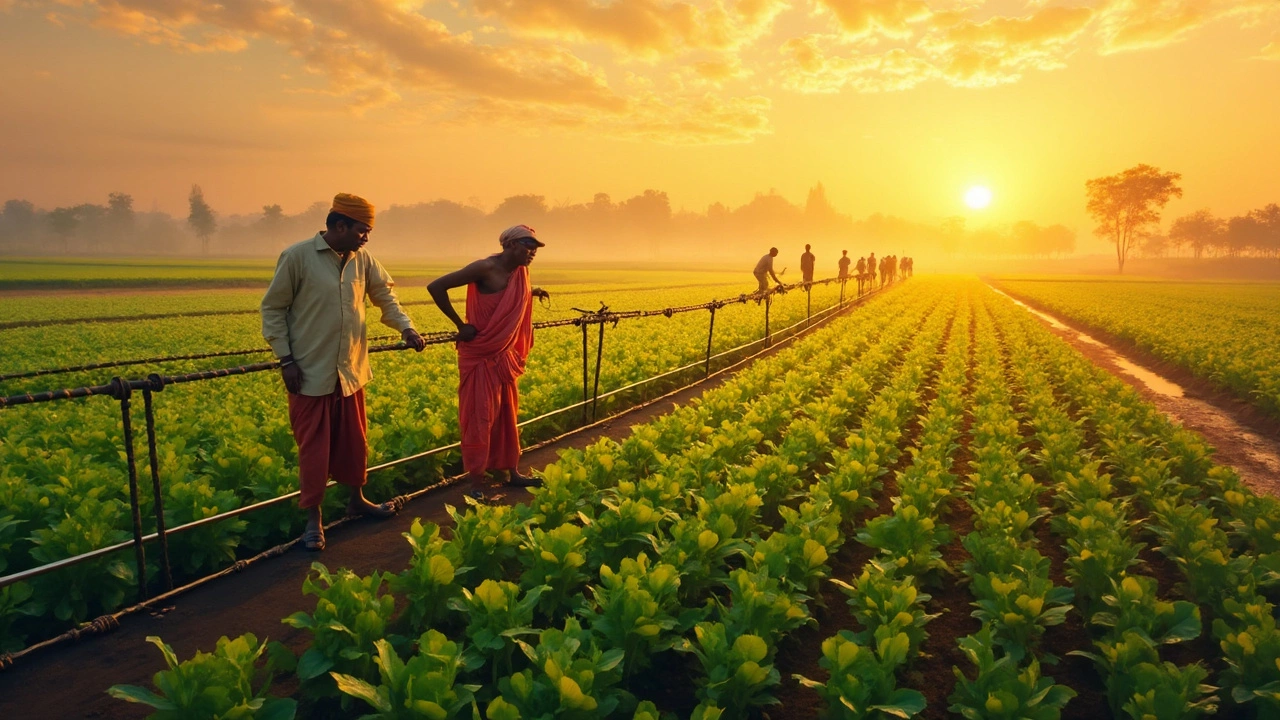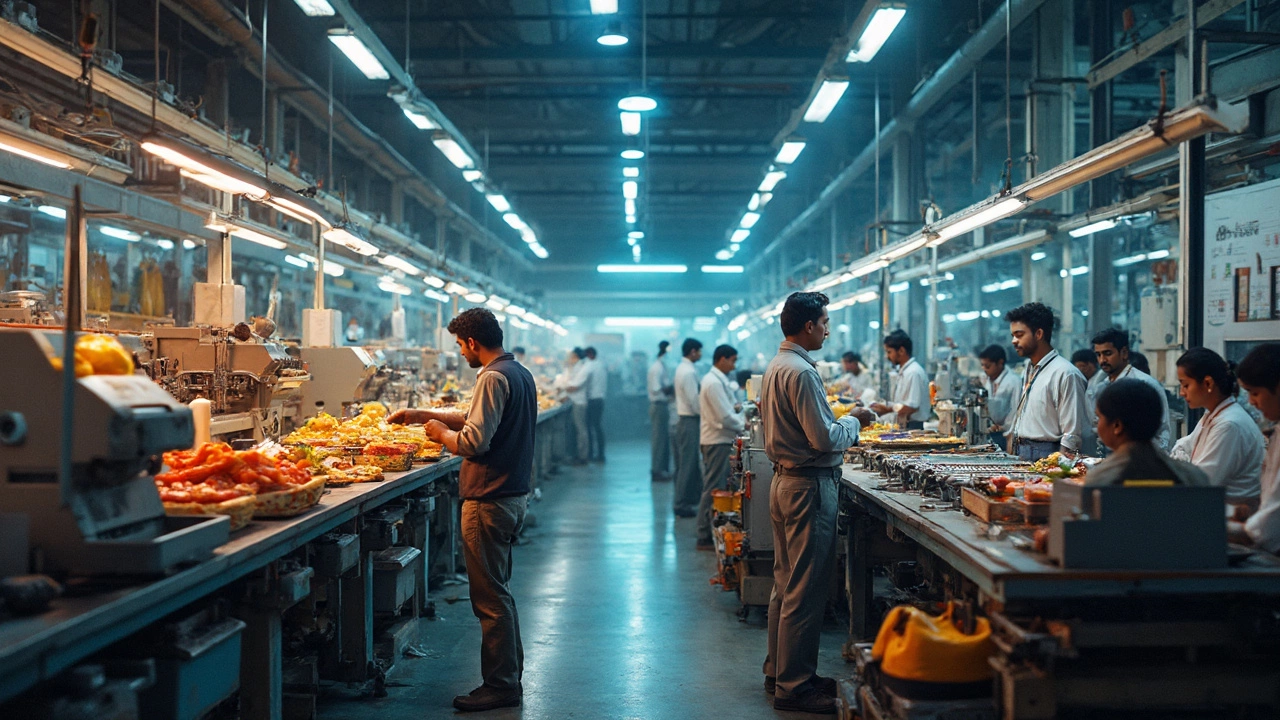Container Garden Watering: Smart Ways to Keep Potted Plants Happy
When it comes to container garden watering, the practice of delivering the right amount of water to plants grown in pots, boxes, or any confined media. Also known as potted plant irrigation, it decides whether your balcony garden thrives or dries out.
One of the most efficient methods is drip irrigation, a low‑flow system that feeds water directly to the root zone through tubes or emitters. Drip irrigation requires a timer and a network of small hoses, but it reduces waste and keeps the soil consistently moist. This technique enables container garden watering to stay even during hot afternoons.
Key Techniques for Effective Container Garden Watering
Another game‑changer is mulching, the practice of covering the soil surface with organic or inorganic material to retain moisture. Mulch improves water retention, lowers evaporation, and keeps roots cool, which means you can water less often. Pair mulching with self‑watering containers, pots equipped with a reservoir that supplies water to the soil as needed and you get a set‑and‑forget system that greatly cuts down daily checks.
For gardeners who love precision, garden water timers, electronic devices that automate watering cycles based on set intervals or soil moisture sensors bring consistency. Timers connect to drip lines or soaker hoses and can be programmed to water early mornings or evenings when evaporation is low. Using a timer links directly to container garden watering efficiency, especially in regions with strict water restrictions.
Beyond tools, understanding soil texture matters. Light, sandy mixes drain quickly and need more frequent watering, while heavier, loamy blends hold moisture longer. Adding perlite or coconut coir can create a balanced medium that works well with drip lines and mulches. Knowing your soil guides how often you should run the timer, and it affects how much water each plant actually receives.
Weather plays a big role, too. On rainy days, you can pause the timer or shift to a manual check. On scorching afternoons, increase the duration slightly but keep an eye on leaf wilt. Monitoring leaf temperature and soil surface can tell you whether your watering schedule is on point. This quick feedback loop integrates the concepts of drip irrigation, mulching, and timers into a cohesive strategy.
Plant type influences water needs as well. Succulents and cacti prefer the soil to dry out between waterings, while herbs and leafy greens enjoy consistently moist conditions. Matching plant water demand with the appropriate delivery method—drip for thirsty herbs, self‑watering pots for moisture‑loving greens—makes your container garden thrive with minimal effort.
Finally, regular maintenance ensures the system stays reliable. Flush drip lines to prevent clogging, replenish mulch as it decomposes, and check reservoir levels in self‑watering containers. A clean, well‑maintained setup supports long‑term container garden watering success and saves you from surprise dry spells.
Mastering container garden watering saves water, boosts growth, and turns any tiny balcony or windowsill into a lush oasis. Below you’ll find a curated set of articles that dive deeper into each of these techniques, offer step‑by‑step guides, and share real‑world examples you can try right away.
Should I Water My Container Garden Daily? Expert Guide
Discover why daily watering isn’t needed for container gardens, learn how to test soil moisture, and get practical tips to set the right watering schedule.
- manufacturing
- India
- food processing
- garden tips
- rice cultivation
- government schemes
- balcony garden
- urban gardening
- balcony gardening
- profitable business
- business ideas
- plastic manufacturing
- drip irrigation
- plant care
- steel manufacturing
- sustainable gardening
- startup ideas
- steel industry
- flower gardening
- textile manufacturers






